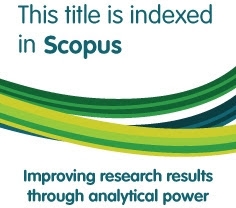‘Ties that would Divide’: Explaining the NU’s Exit from Masyumi in 1952
Abstract
This article explains the political and historical roots of the making of Muslim political identities in Indonesia. It seeks to answer the question: why Muslim communities in Indonesia are inclined to grouping in such social differences between traditionalist (NU) and modernist (Muhammadiyah) organizations. These two organizations emerged as a model of social division based on religio-cultural groupings of Indonesian Muslims that emerged during the process of national identity construction in the late colonial period. Concerned with the historical development of Islamic organizations in the post-independent Indonesia, this article specifically examines the role of Masyumi in creating both unity and conflict in Muslim society, which occurred in the 1950s. However, this article’s principal explanation for the emergence of Muslim cleavages is the subsequent moment of elite conflict in response to the most important political development in Indonesia: the first national elections in 1955.
Full Text:
PDFDOI: https://doi.org/10.15408/sdi.v19i2.363
Refbacks
- There are currently no refbacks.

All publication by Studia Islamika are licensed under a Creative Commons Attribution-NonCommercial 4.0 International License.
Studia Islamika, ISSN: 0215-0492, e-ISSN: 2355-6145
View My Stats
